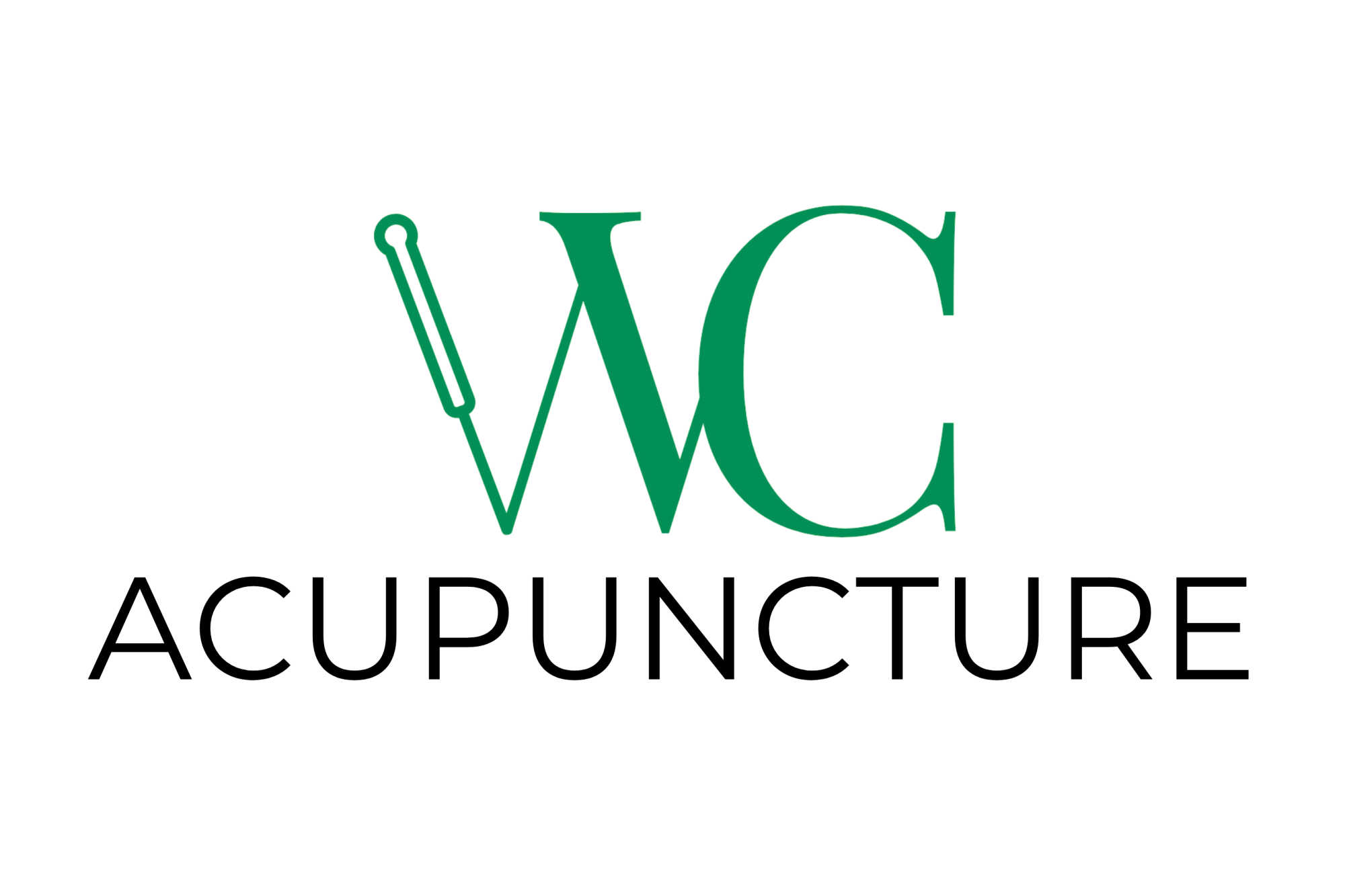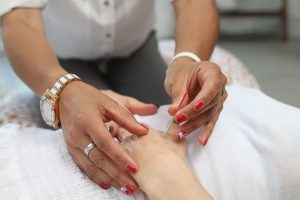Hey there, friends! Today, let’s talk about something that’s been causing pain for a lot of people lately: lateral epicondylitis, also known as tennis elbow. If you’ve ever experienced this condition, you know that it can be incredibly frustrating and limiting. But fear not! Acupuncture is here to help.
First off, let’s talk about what lateral epicondylitis is. It’s a painful condition that occurs when the tendons in your elbow become inflamed due to overuse or repetitive motions, like swinging a tennis racket or using a computer mouse. It can make even simple tasks like gripping objects or lifting things difficult and painful.
But here’s the good news: acupuncture has been shown to be an effective treatment for lateral epicondylitis. Studies have found that acupuncture can reduce pain, improve grip strength, and increase overall function in people with this condition.
In fact, let me tell you about a few of my patients who have seen great results from acupuncture treatment for their lateral epicondylitis.
First up is Sarah, a 45-year-old avid tennis player who was experiencing intense pain in her elbow whenever she played. After just a few acupuncture sessions, Sarah’s pain began to subside, and she was able to return to the court without any discomfort.
Then there’s Mike, a computer programmer who was struggling with pain in his elbow and forearm from long hours spent typing. After trying various other treatments with no success, Mike decided to give acupuncture a try. Not only did his pain decrease significantly, but he also reported feeling more relaxed and less stressed overall.
And finally, there’s Tom, a carpenter who was dealing with chronic elbow pain due to the nature of his work. Tom had tried various medications and physical therapy, but nothing seemed to help. After a few acupuncture sessions, he began to experience significant pain relief and improved function in his elbow, allowing him to continue working without limitations.
So, if you’re dealing with lateral epicondylitis, know that there is hope for relief. And with acupuncture, you may just find the solution you’ve been looking for.
As always, I encourage you to do your own research and talk to your healthcare provider about the best course of treatment for your specific needs. But if you’re considering acupuncture for lateral epicondylitis, know that it’s a safe and effective option with a growing body of research to support it.
Some of the journals I used to research this post include the Journal of Pain, the Journal of Acupuncture and Meridian Studies, and the Journal of Alternative and Complementary Medicine. These are all reputable sources that have published studies on the benefits of acupuncture for lateral epicondylitis.
Until next time, take care of yourselves and stay healthy!
~Dr. Winson Chen


